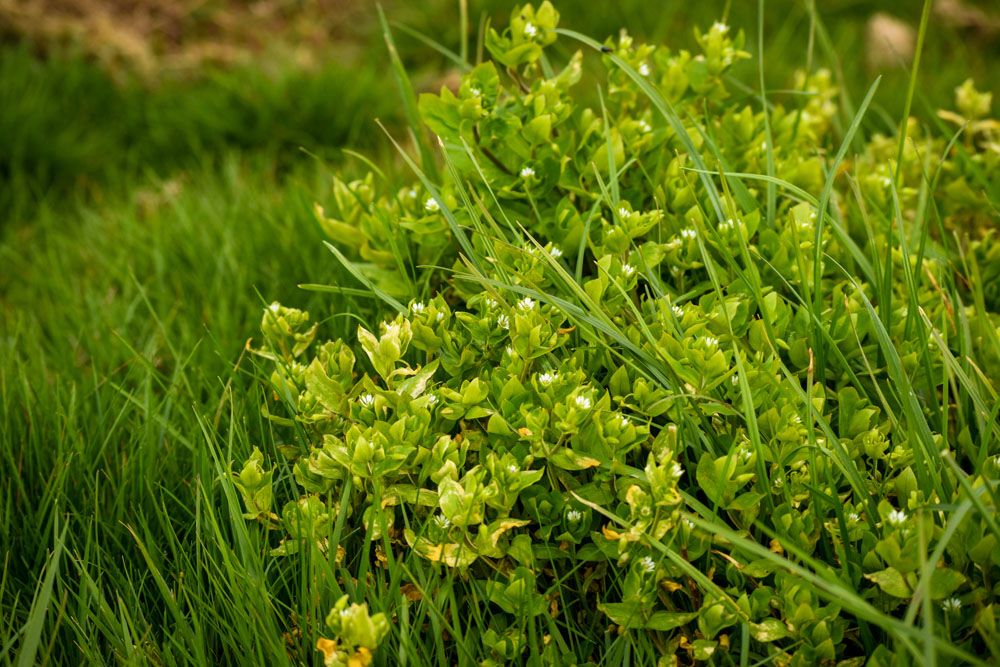
Common Chickweed
Common Chickweed: A Complete Guide
Although the little white blossoms are attractive to some, common chickweed may be a major annoyance for grass and garden enthusiasts. Common chickweed is an annual lawn weed found in many parts of the United States. This weed has oval-shaped leaves that end in a slight point and is bright green in color. It is easily recognized by its little white blooms that are star-shaped and have split halfway down their lengths.
Chickweed grows extremely near to the ground and usually spreads laterally to form a mat along the ground, especially in sections of the lawn where the grass is weak. The seeds of this plant germinate in the autumn, but it is generally not an apparent problem until the spring when it begins to develop rapidly. Here are a few tried-and-true methods for permanently removing chickweed from your lawn and garden.
The common chickweed is a winter annual with smooth stems and leaves that may produce multiple generations each year during chilly rainy seasons and create very thick clumps in turf, landscape, and vegetable gardens. Types of chickweed are: Field chickweed is a perennial plant with shorter hairs on the stems and leaves. The sticky plant chickweed has sticky hairs on its stems and leaves. Mouseear chickweed is a perennial with hairy stems and leaves; the stems root at nodes and can form thick mounds of stems and leaves.
Signs and Symptoms
Common chickweed stems grow near the ground before becoming somewhat erect and producing leaves and flowers. The leaves are oriented opposite one another on the stems, and the leaves on the lower regions of the plant have short pubescent petioles, but those at the apex have not. Individual leaves are ovate and pointed at the tip, 12 to 1 inch long, and have whole edges.
Small blooms appear at the tops of stalks, each with five white petals. Individual petals are severely split, giving the appearance of 10 petals. Five light-green sepals cover each bloom. Flowers mature into capsules containing numerous seeds. New plants are born from viable seeds.
Management
Because common chickweed has a weak root structure, it is an excellent candidate for mechanical removal. Chickweed, being a winter annual, is frequently used to indicate low grass density. Chickweed outbreaks in open places will fade off rapidly in the spring. This seed generation assures a chickweed crop the next season. Increased grass density is essential for minimizing common chickweed infestations.
In general, nonchemical weed management methods are the safest in household yards and gardens. Herbicides may be employed when cultural control measures cannot be utilized, such as over very wide areas, in poorly growing grass, or in professionally maintained landscapes. They must, however, be administered at a period when they are most effective for suppressing chickweeds and in a method that does not harm desired plants. Mulches, cultivation, and manual weeding are preferable in both vegetable gardens and manicured areas.
